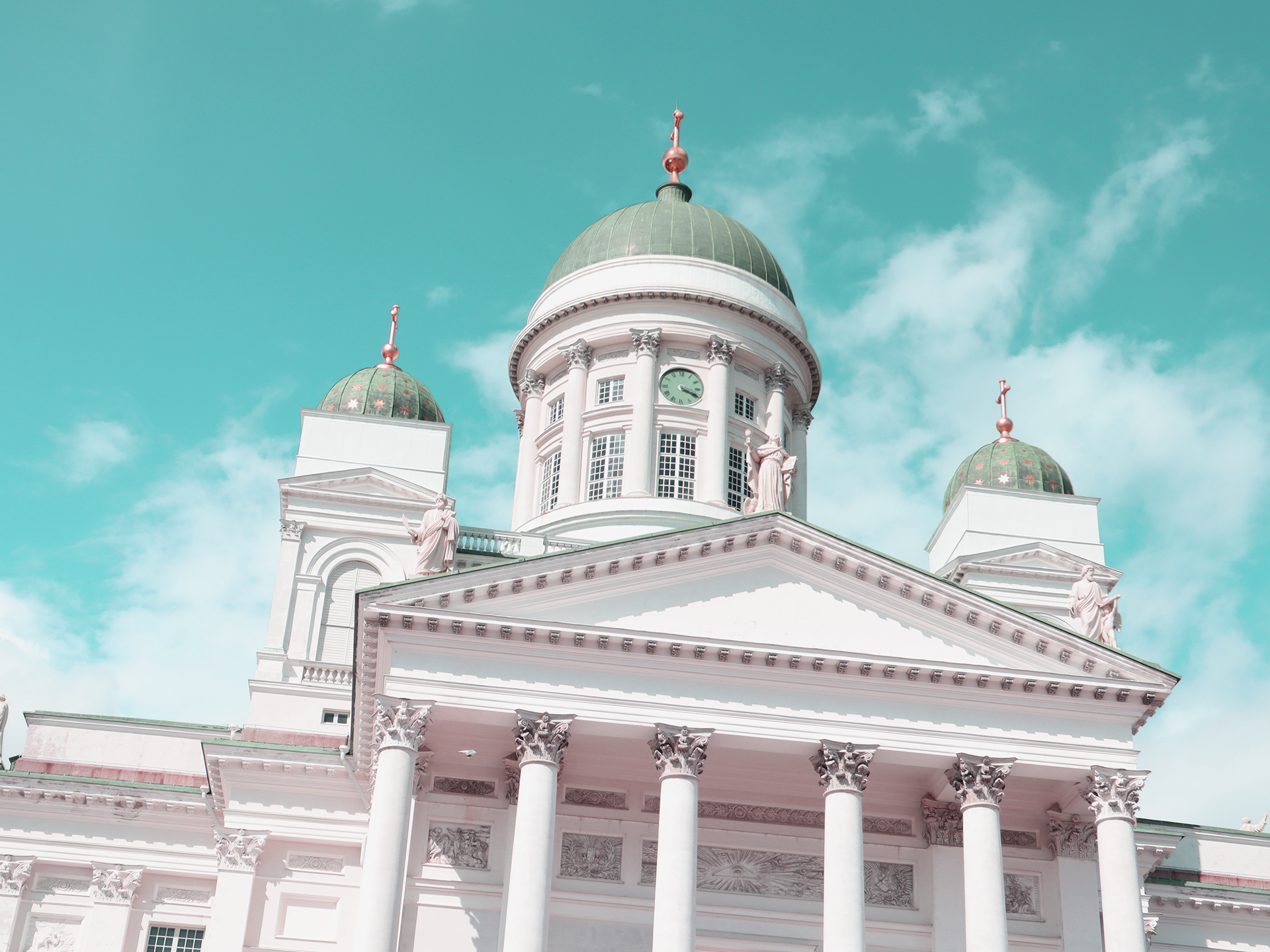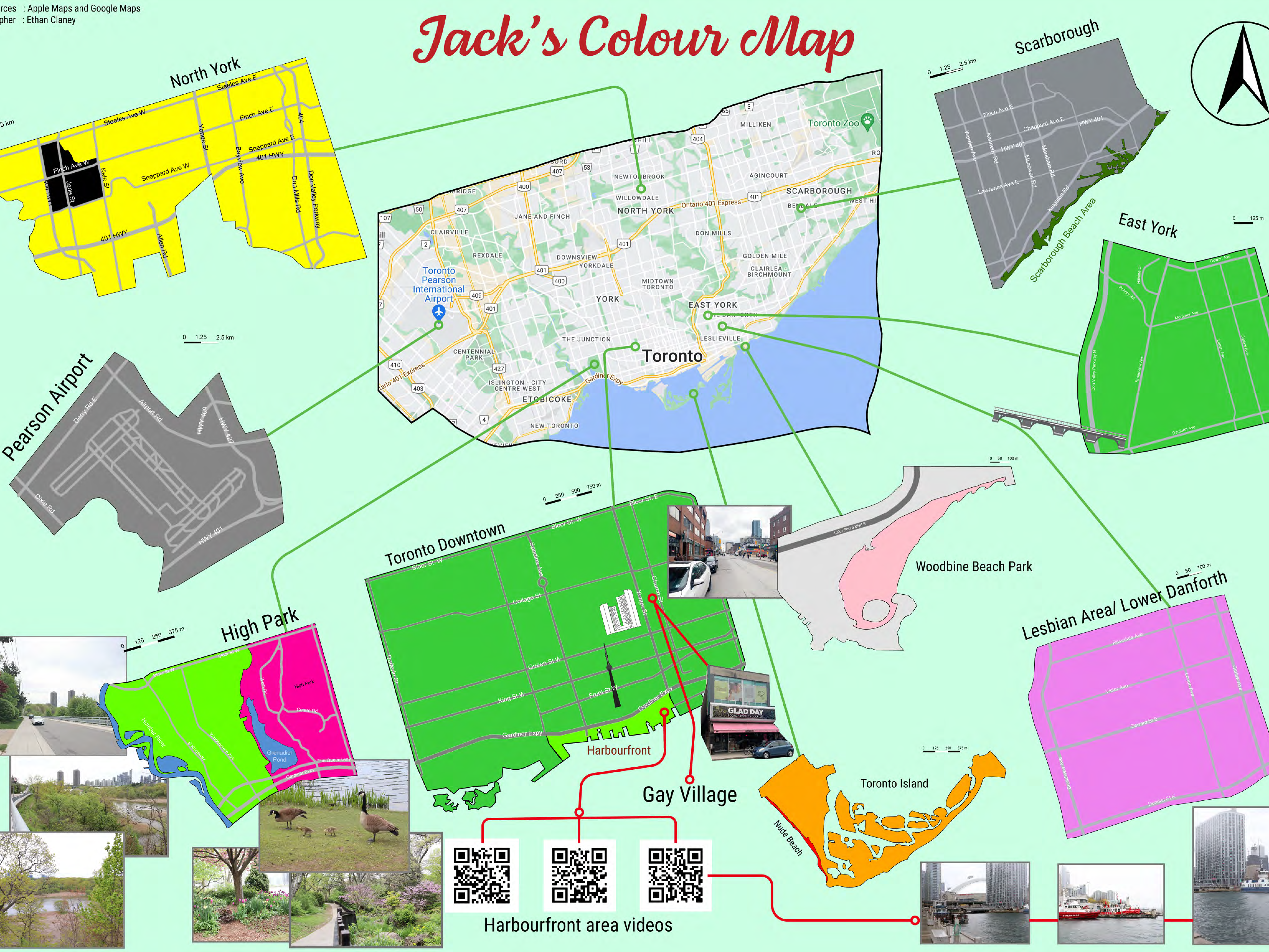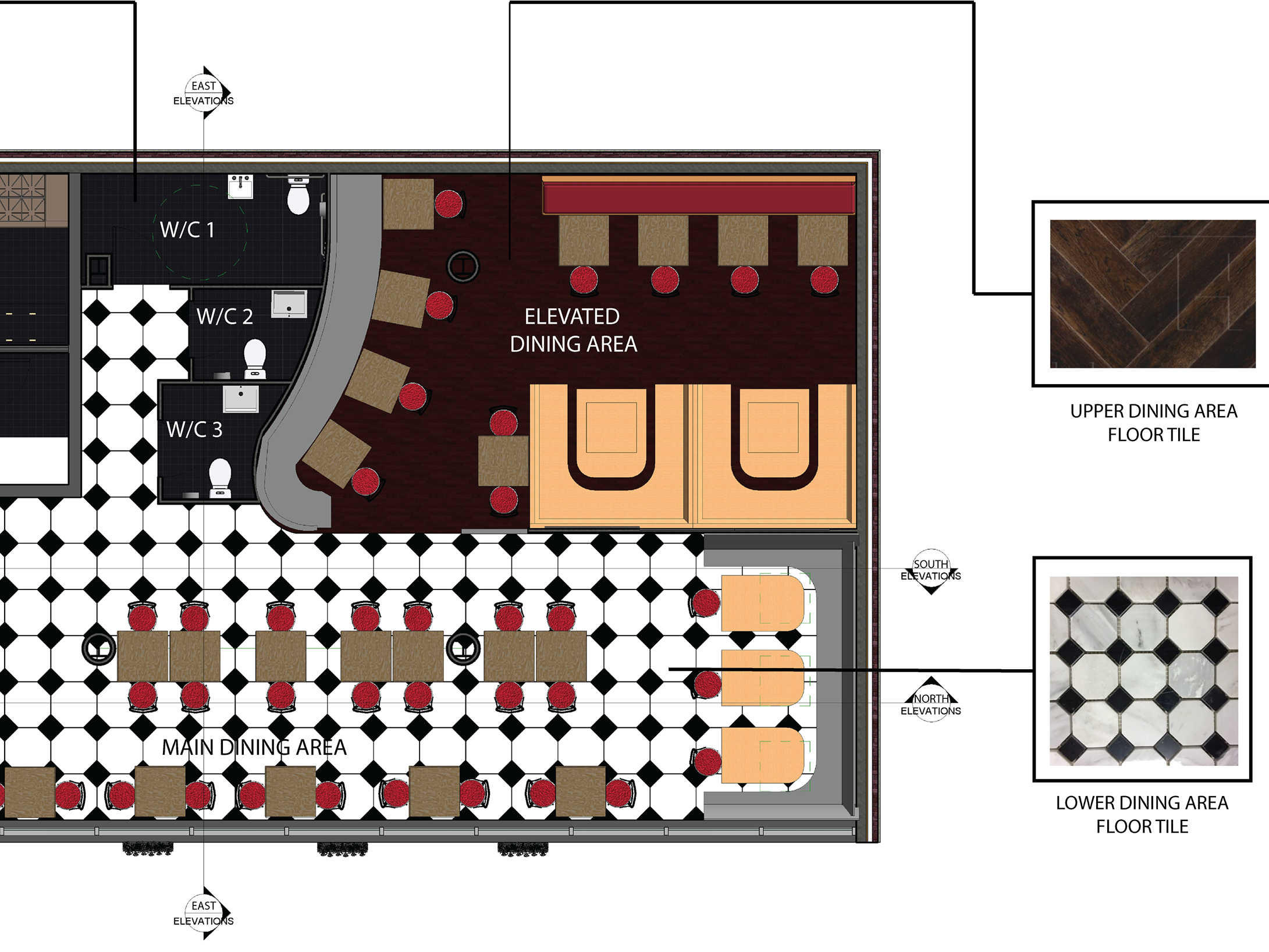Understanding Residents’ Decision-Making in Urban Regeneration: A Case Study of Kale Neighbourhood in Çorum, Turkey
My thesis, conducted during my time at Malmö University from January to June 2023, stemmed from a personal connection - my grandmother's neighbourhood was designated an earthquake zone, facilitating a top-down urban regeneration project that residents couldn't challenge due to its status as a presidential decision. I investigated the factors influencing residents' acceptance or rejection of urban regeneration projects, focusing on their decision-making processes.
Unexpectedly, my presence and interviews in the neighbourhood sparked an activist impact. Residents began questioning the entire process, and as a result, the project has not moved forward much today. The current status remains unclear, with nobody really knowing what's going on.
This research, which began as a personal quest, employed photo documentation alongside innovative methods like "friendship as method" and go-along interviews.
Unexpectedly, my presence and interviews in the neighbourhood sparked an activist impact. Residents began questioning the entire process, and as a result, the project has not moved forward much today. The current status remains unclear, with nobody really knowing what's going on.
This research, which began as a personal quest, employed photo documentation alongside innovative methods like "friendship as method" and go-along interviews.
For me, it felt like stepping into a time machine. The once-vibrant neighbourhood I remembered from childhood, full of community spirit, had transformed into a state of decay. This decline resulted from the municipality's neglect of infrastructure and the exodus of wealthy, educated residents.
The significance of this research was further recognized when I later published it as a journal article in Urban, Planning and Transport Research, contributing to the broader academic discourse on urban regeneration and decision-making dynamics.
The significance of this research was further recognized when I later published it as a journal article in Urban, Planning and Transport Research, contributing to the broader academic discourse on urban regeneration and decision-making dynamics.
Abstract
This study examines the decision-making processes of residents in Turkey’s urban regeneration projects employing a single case study, namely, Çorum’s Kale neighbourhood. Çorum is a city with 250,000 inhabitants located in the Black Sea Region. The aim is to uncover the factors influencing residents’ acceptance or rejection of urban regeneration and the role of the Turkish government in shaping their decisions. The thesis utilizes a Gramscian theoretical framework and mainly focuses on the fluid relationship between consent and coercion (Fusaro et al., 2017). Methods used in this research include reviewing relevant project documents and newspapers, various types of interviews including semi-structured, go-along and expert interviews, field observations, and photographic documentation of the neighbourhood, along with Tillmann-Healy’s (2003) “Friendship as method” approach capitalizing on the trust between neighbours and the researcher’s grandmother who resides in the investigated urban regeneration site. The literature reveals that the main factors shaping residents’ decisions both globally and in Turkey are the extent of resident participation in these initiatives, the presence of neoliberal authoritarian governance, residents’ socioeconomic positioning, cultural identity, tenure status, informal land ownership and perception of benefits like expanded infrastructure along with enhanced living standards, as well as their fears of forced eviction and displacement. On top of these factors, in Turkey, residents’ decisions are also shaped by fear of expropriation, religious and ethnic disparities, varying laws with different powers and the combination of neoliberal authoritarian governance with Islam. The empirical findings of this thesis suggest that the central issues causing Kale neighbourhood’s residents to reject urban regeneration are the absence of economic advantages provided by the government, which involves undervaluing their existing properties, reselling newly constructed relatively smaller units with higher prices and indebting them with substantial mortgages for extended periods. All in all, this thesis finds that residents’ decision-making process is multifaceted, involving a complex interplay of diverse factors that often affect them concurrently, underscoring the necessity for a holistic examination of their motivations. The thesis contributes to the existing literature by presenting a nuanced analysis of decision-making regarding urban regeneration in a highly polarized and contentious context. Furthermore, it adds to existing studies by presenting research on understudied, peripheral geography in Turkey, offering valuable insights into
urban regeneration processes outside of the urban centres.
urban regeneration processes outside of the urban centres.
Photos of the neighbourhood
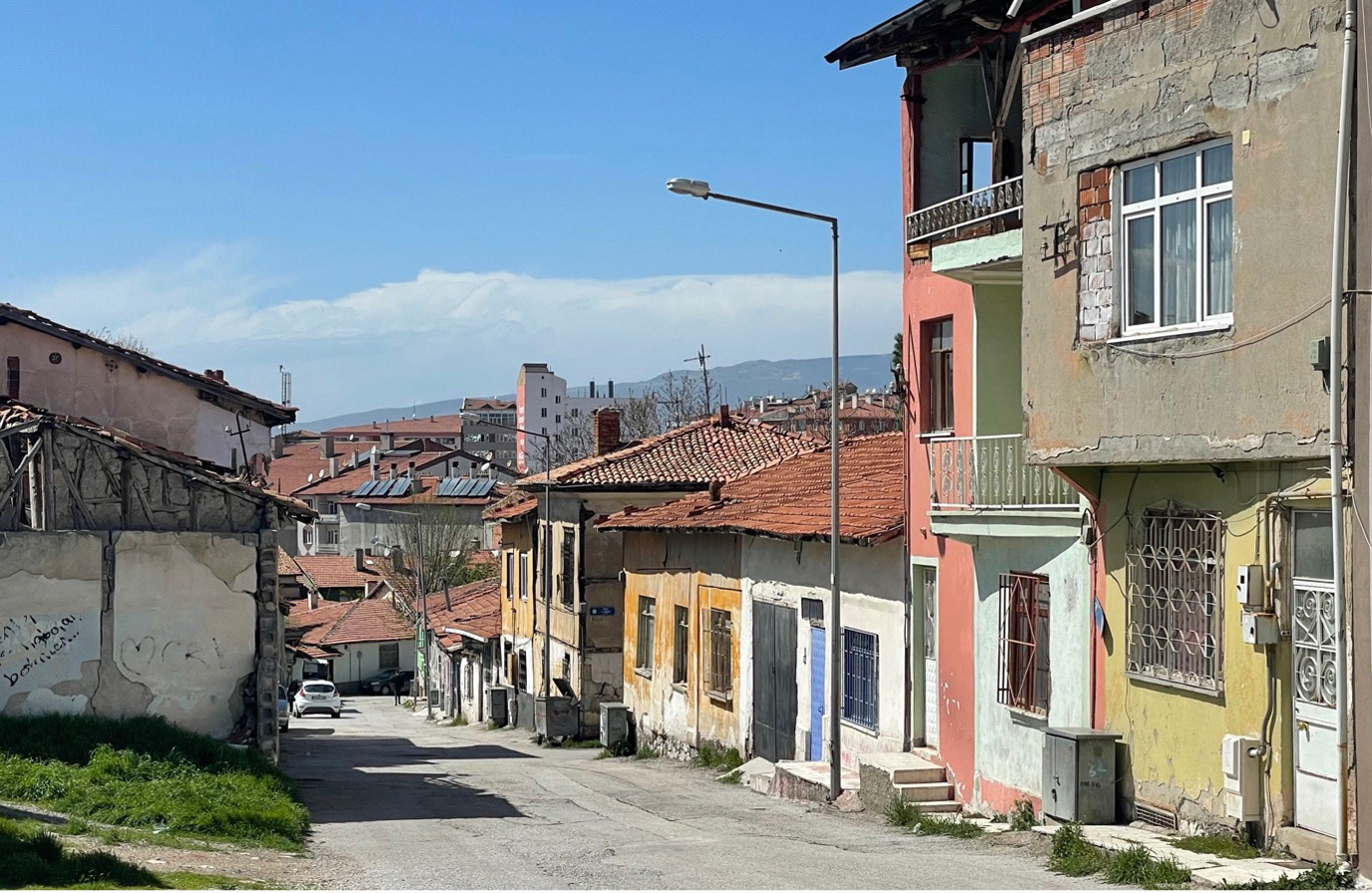
Once vibrant Kale neighbourhood through my lens, Çorum, Turkey
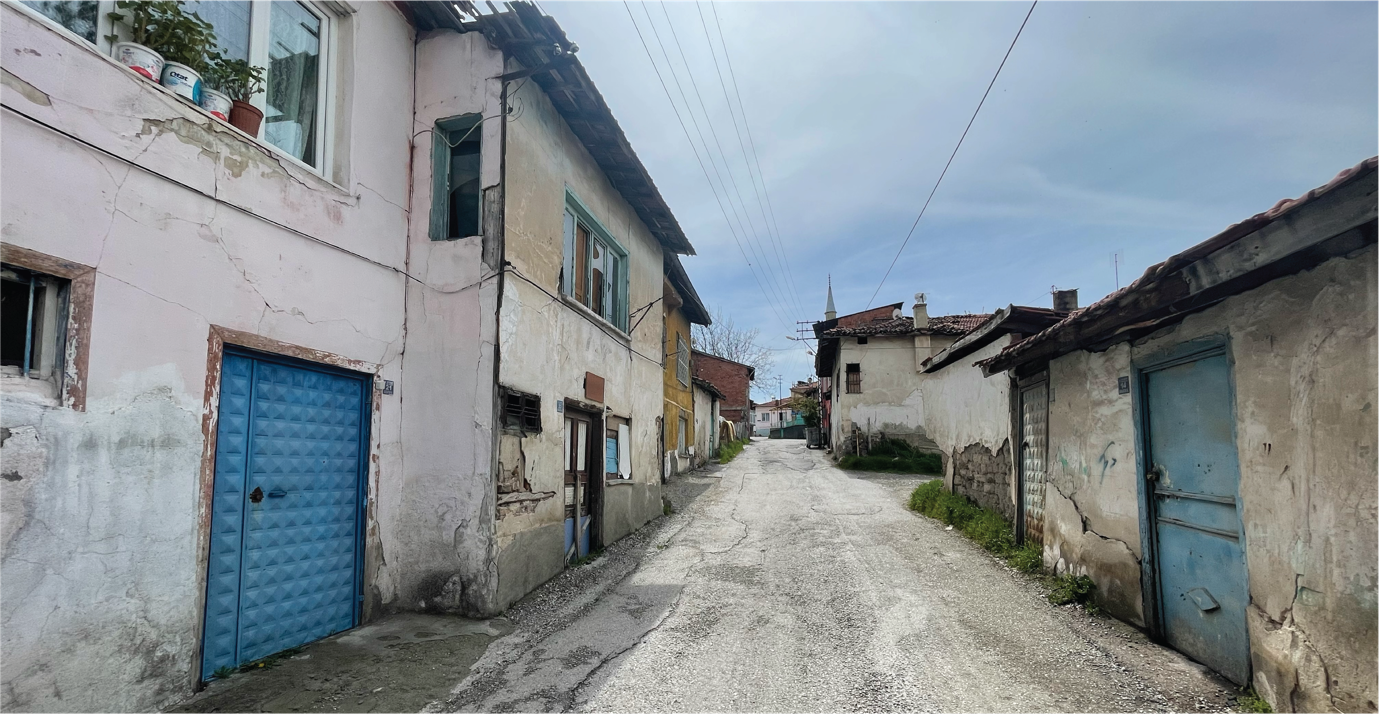
The current state of the neighbourhood, Çorum, Turkey
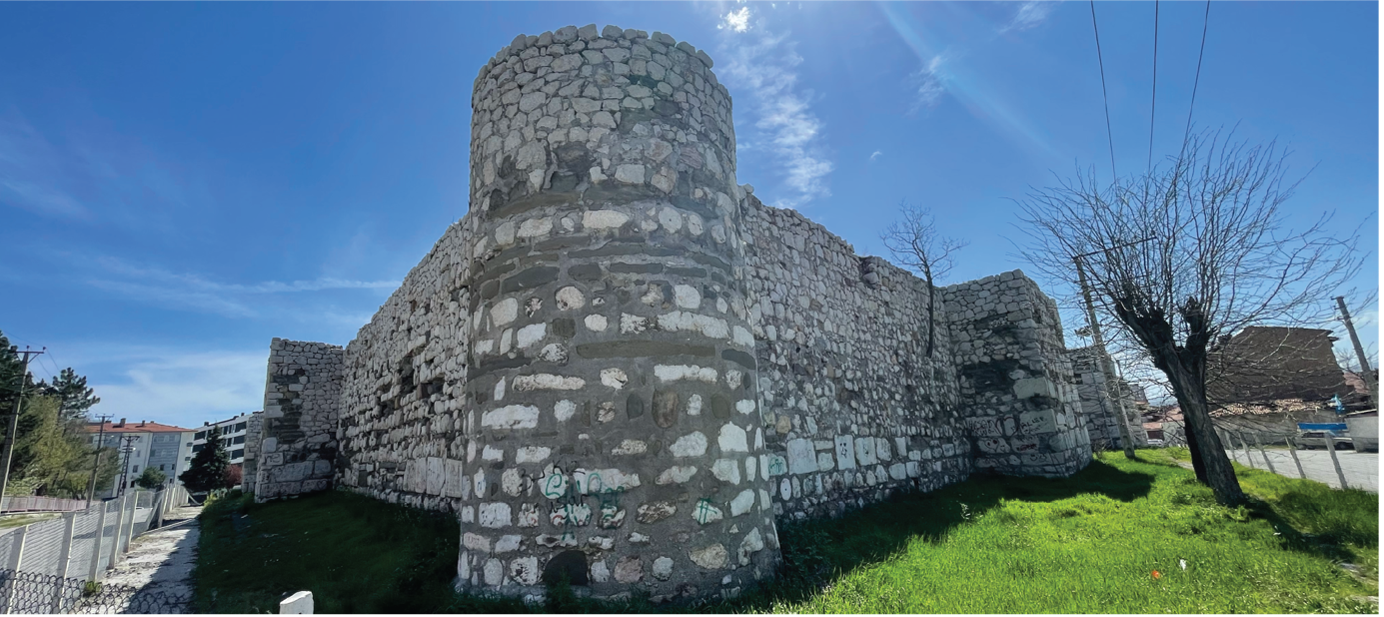
The fenced fortress for construction, Çorum, Turkey
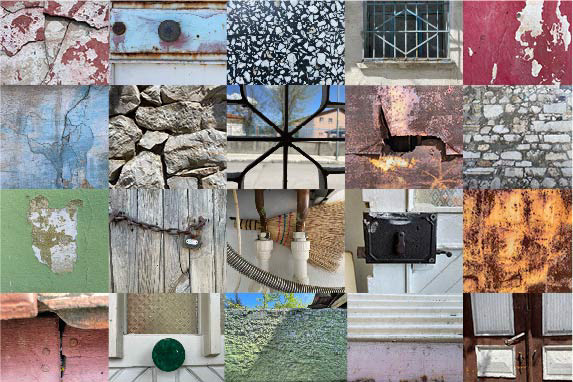
The neighbourhood’s fabric: little details makes a difference, Çorum, Turkey
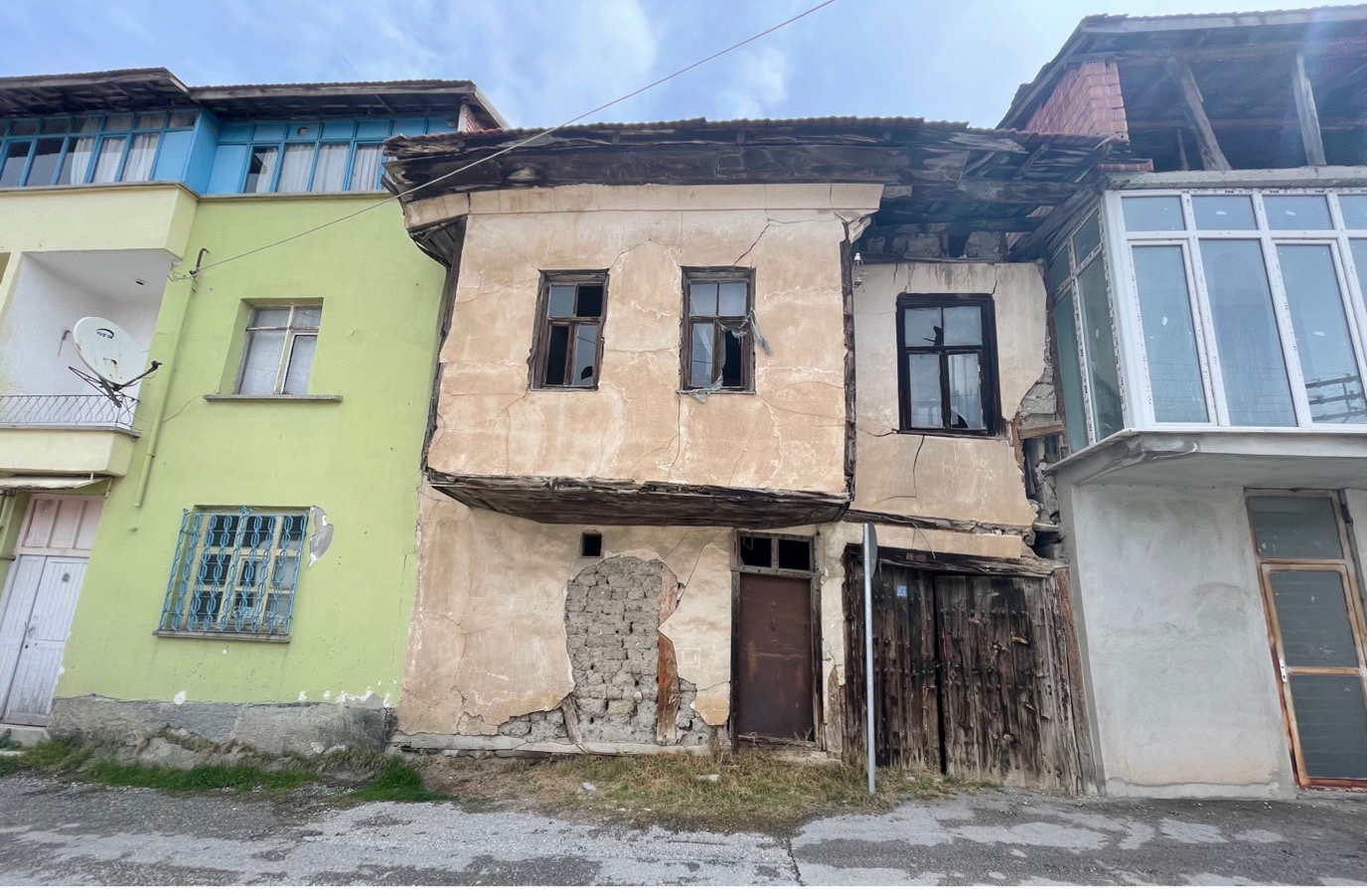
A vacant building, Çorum, Turkey
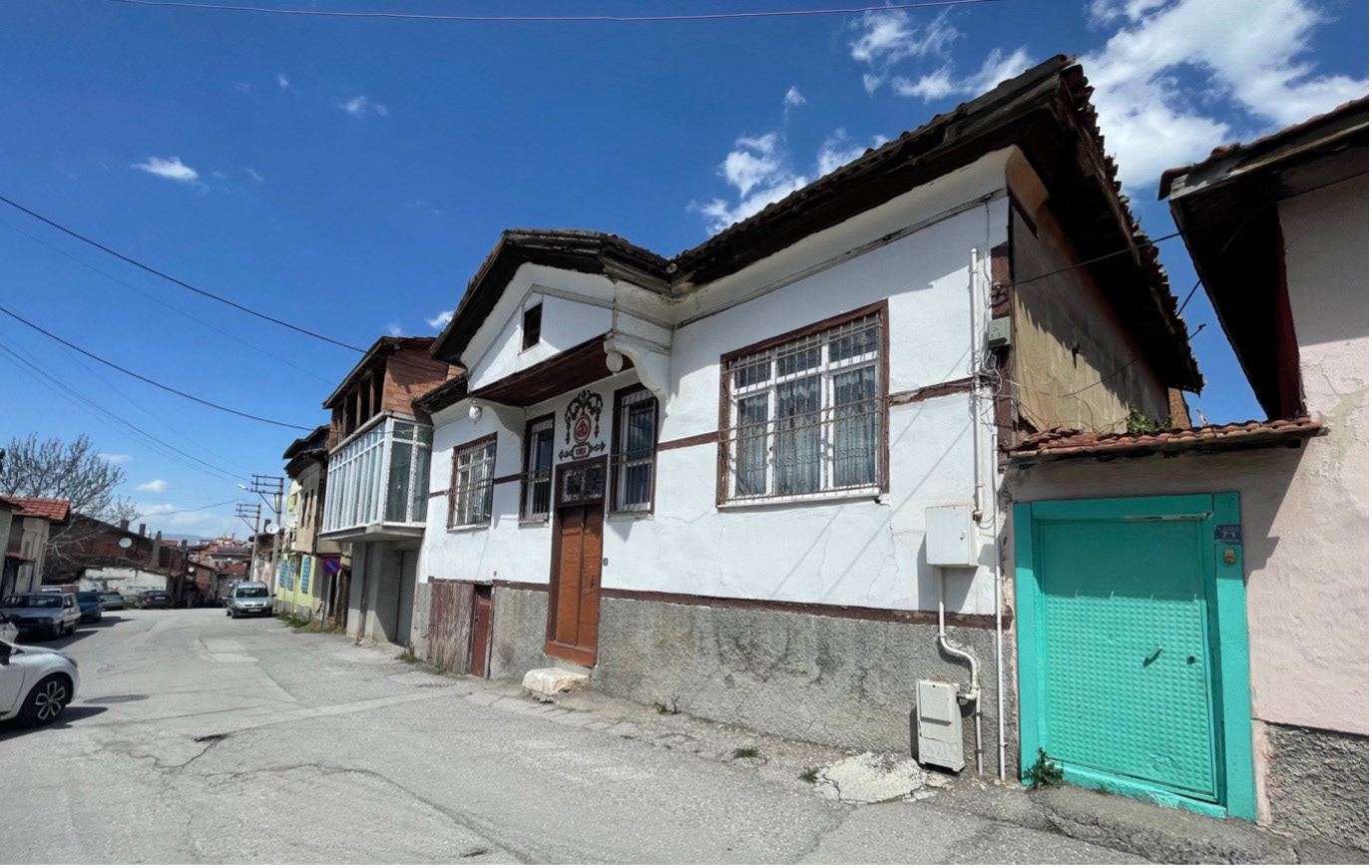
A preserved Ottoman house, Çorum, Turkey

A structure featuring graffiti, Çorum, Turkey
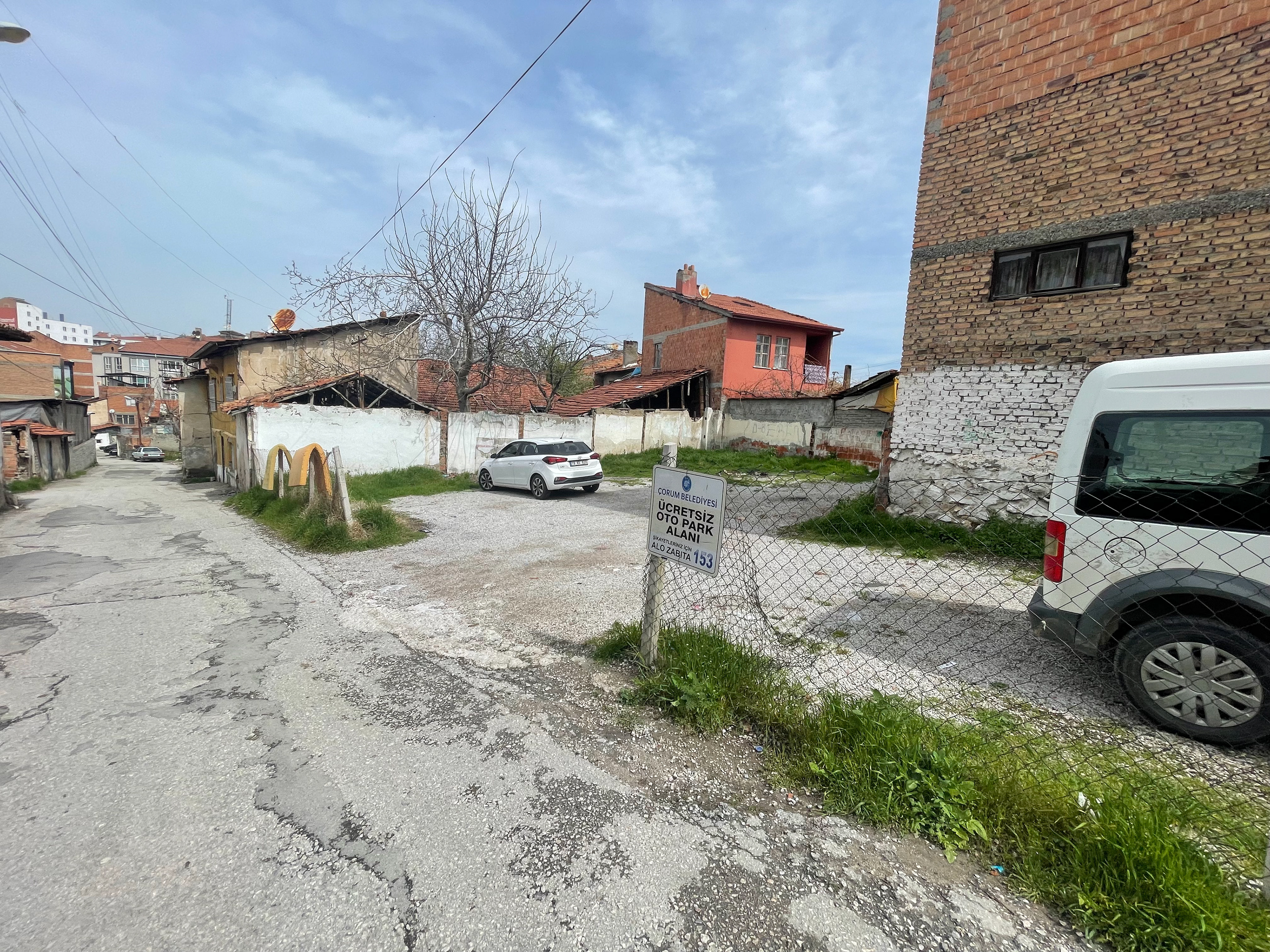
Parking lots mushroomed in place of demolished buildings, owned by the municipality, Çorum, Turkey

Neighbourhood mosque, Çorum, Turkey
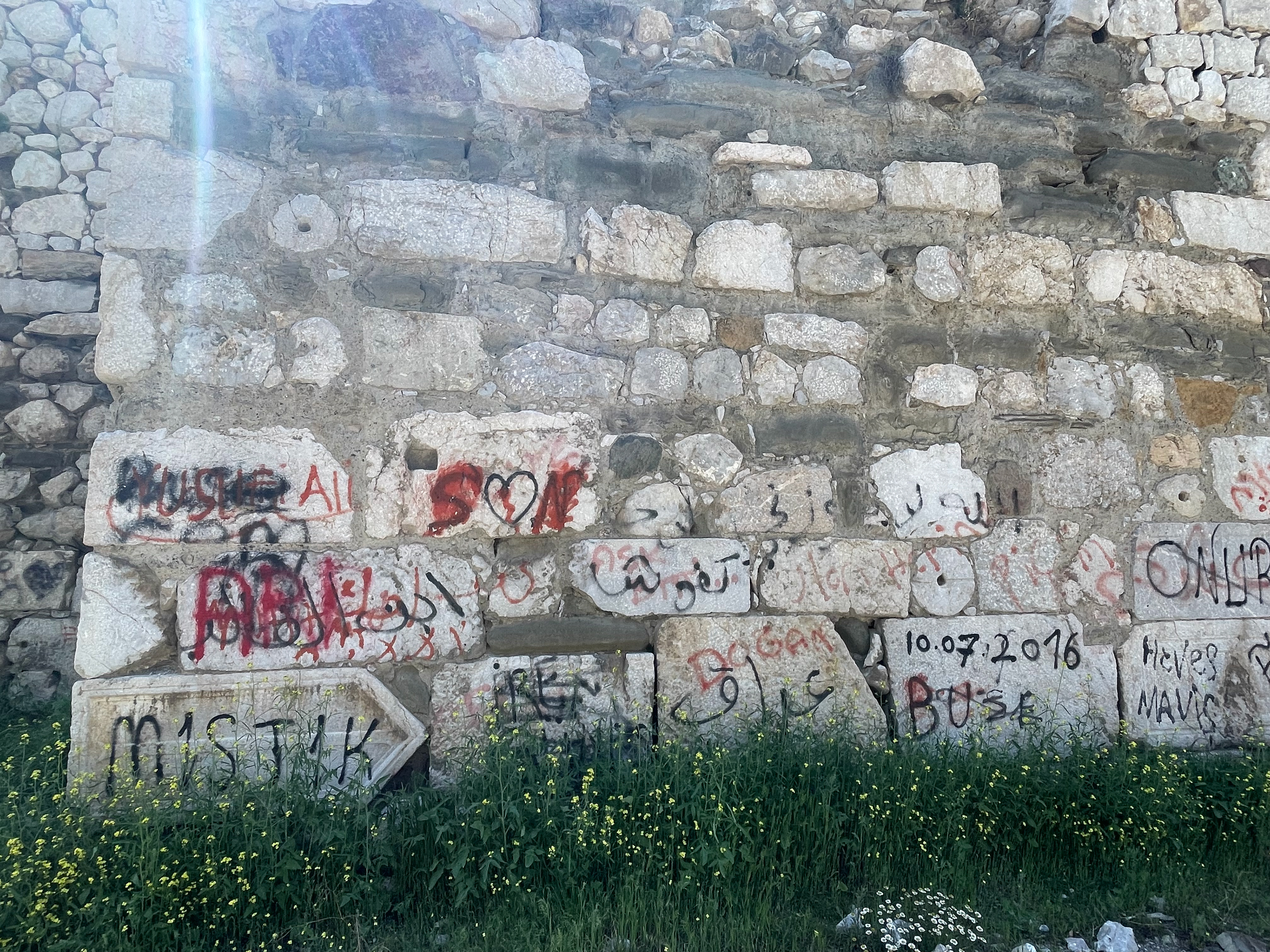
Graffiti on the fortress stones, Çorum, Turkey

